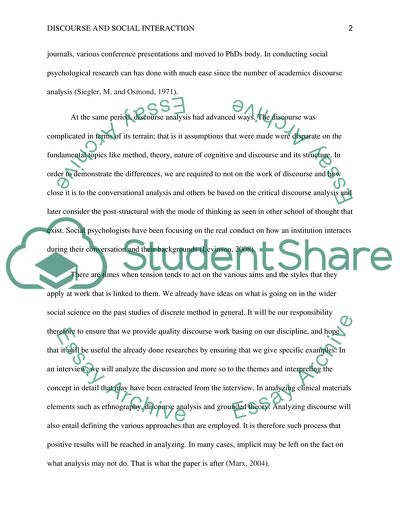Cite this document
(Discoure and Social Interaction Assignment Example | Topics and Well Written Essays - 3750 words, n.d.)
Discoure and Social Interaction Assignment Example | Topics and Well Written Essays - 3750 words. Retrieved from https://studentshare.org/sociology/1768457-topic-about-discourse-and-social-interaction
Discoure and Social Interaction Assignment Example | Topics and Well Written Essays - 3750 words. Retrieved from https://studentshare.org/sociology/1768457-topic-about-discourse-and-social-interaction
(Discoure and Social Interaction Assignment Example | Topics and Well Written Essays - 3750 Words)
Discoure and Social Interaction Assignment Example | Topics and Well Written Essays - 3750 Words. https://studentshare.org/sociology/1768457-topic-about-discourse-and-social-interaction.
Discoure and Social Interaction Assignment Example | Topics and Well Written Essays - 3750 Words. https://studentshare.org/sociology/1768457-topic-about-discourse-and-social-interaction.
“Discoure and Social Interaction Assignment Example | Topics and Well Written Essays - 3750 Words”, n.d. https://studentshare.org/sociology/1768457-topic-about-discourse-and-social-interaction.


